With my last post I began presenting some of the photographs and material that survives from William Lyman Thomas’ construction process of his well known “History of St. Louis County”. I’ll begin this post with what remains among his artifacts about a man named John Baxter and his family. I think it’s interesting because it seems to be one of only a few complete submissions that we still have.
John Baxter’s son, Hartley Sappington Baxter, lived in Maplewood when he passed away in 1909, two years before the publication of Thomas’ set. At that time his widow, Sallie and daughter, Dollie (Comfort) were still living in Maplewood. Thomas mentions that Hartley “ was a cunning artificer in wood and the results of his handicraft are the pleasure of many people in the county.” I, too, would be one who would appreciate the results of his handicraft. Too bad we’ll probably never know what exactly they were.
Follow this link to the page in Google books about John Baxter.
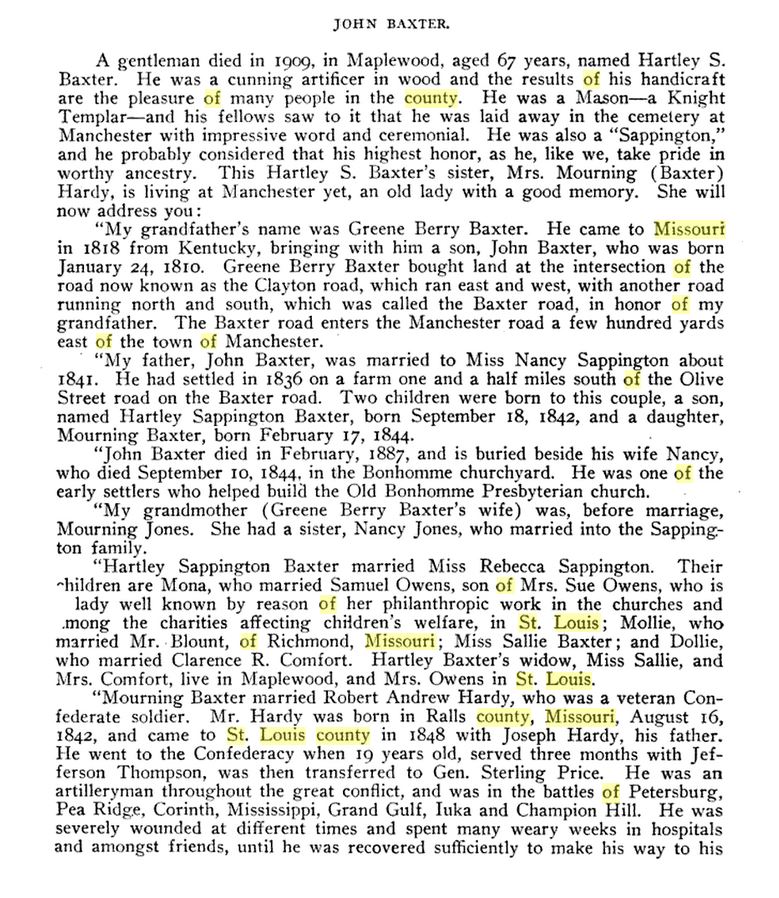
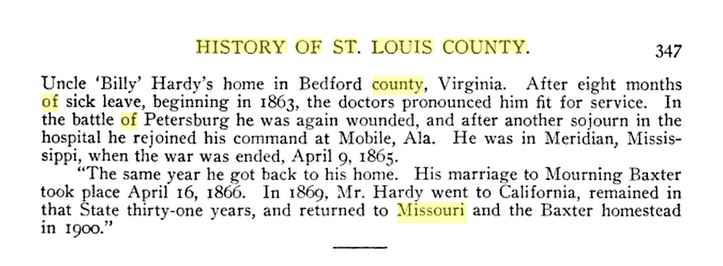
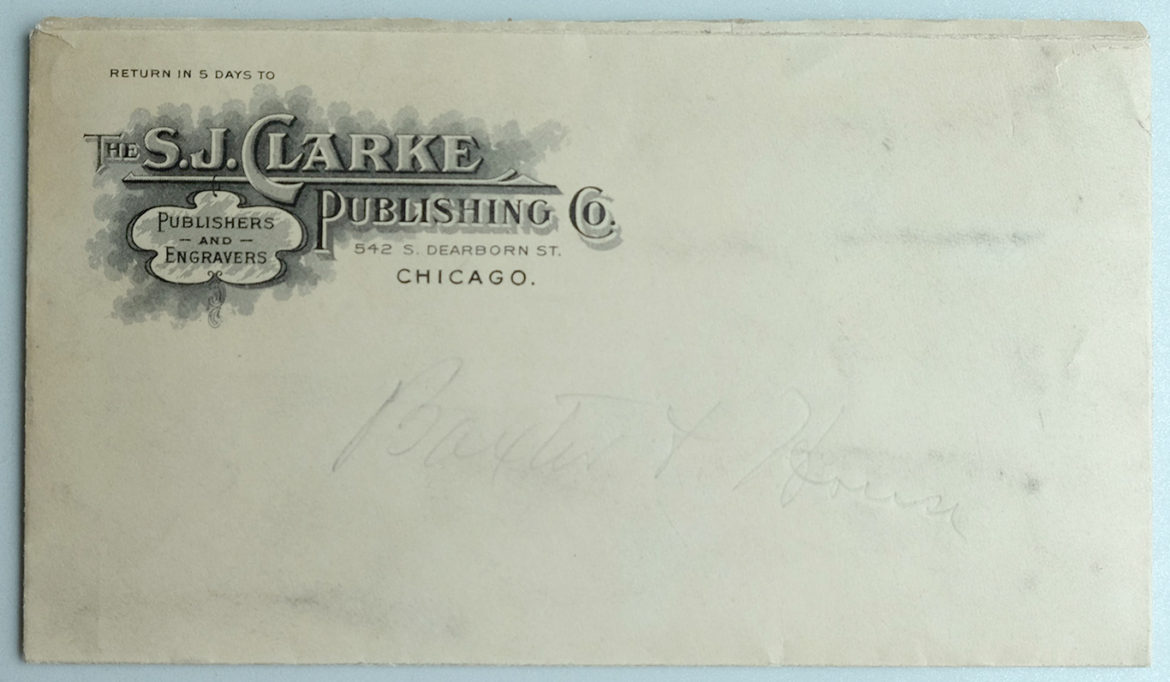
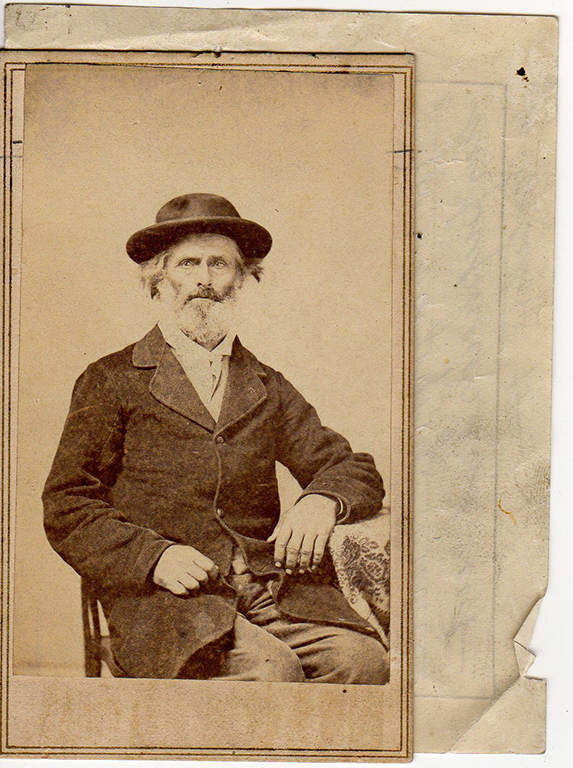
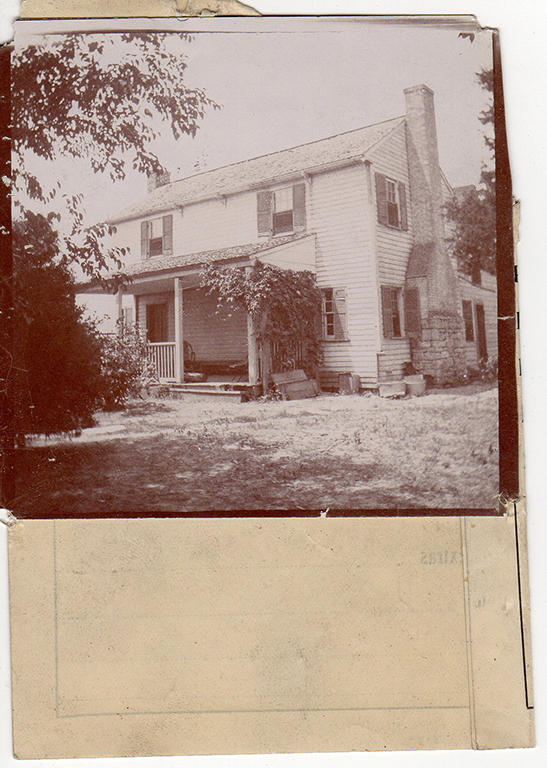

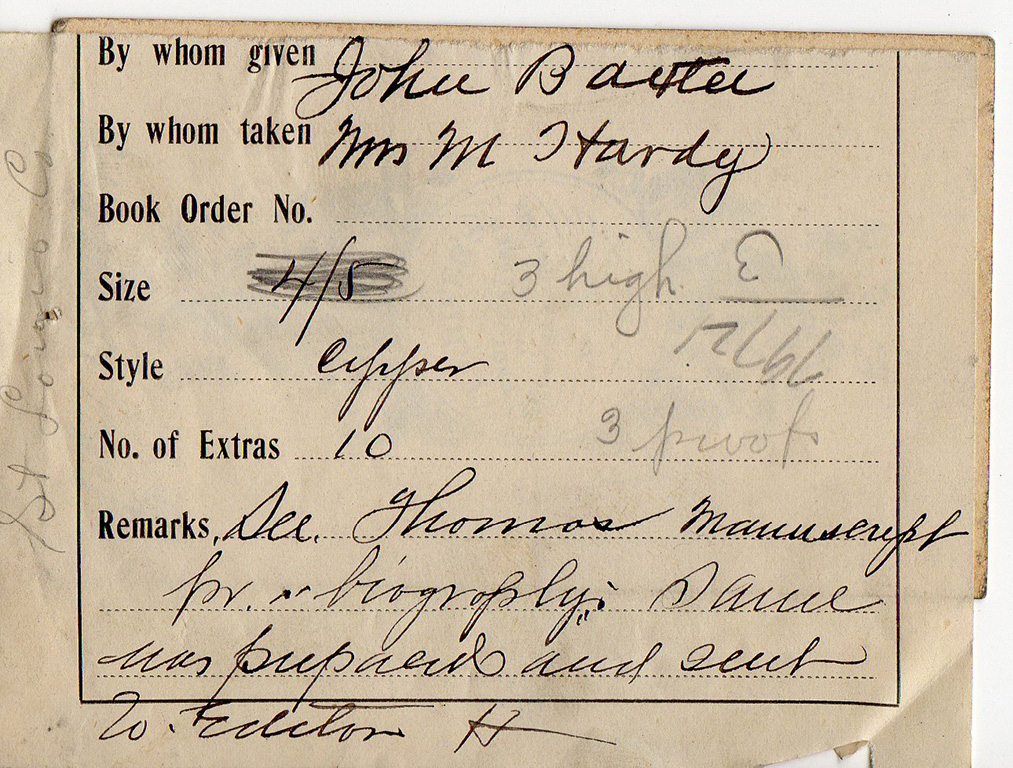
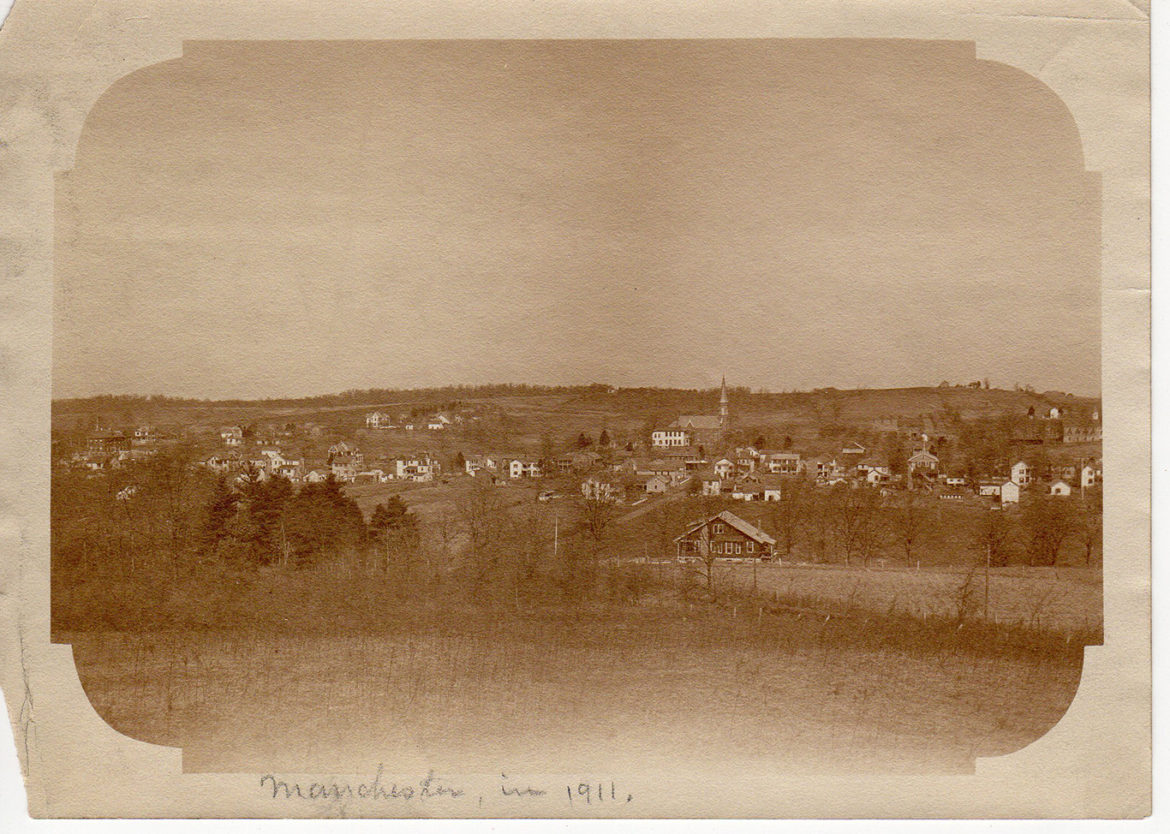
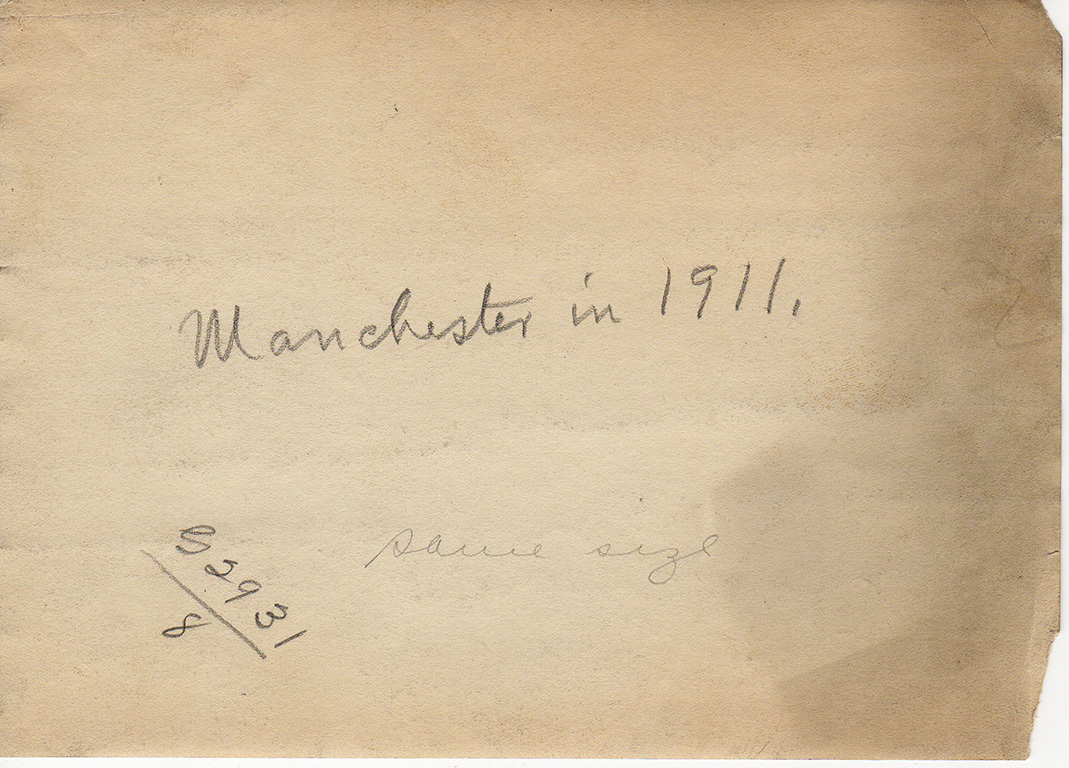
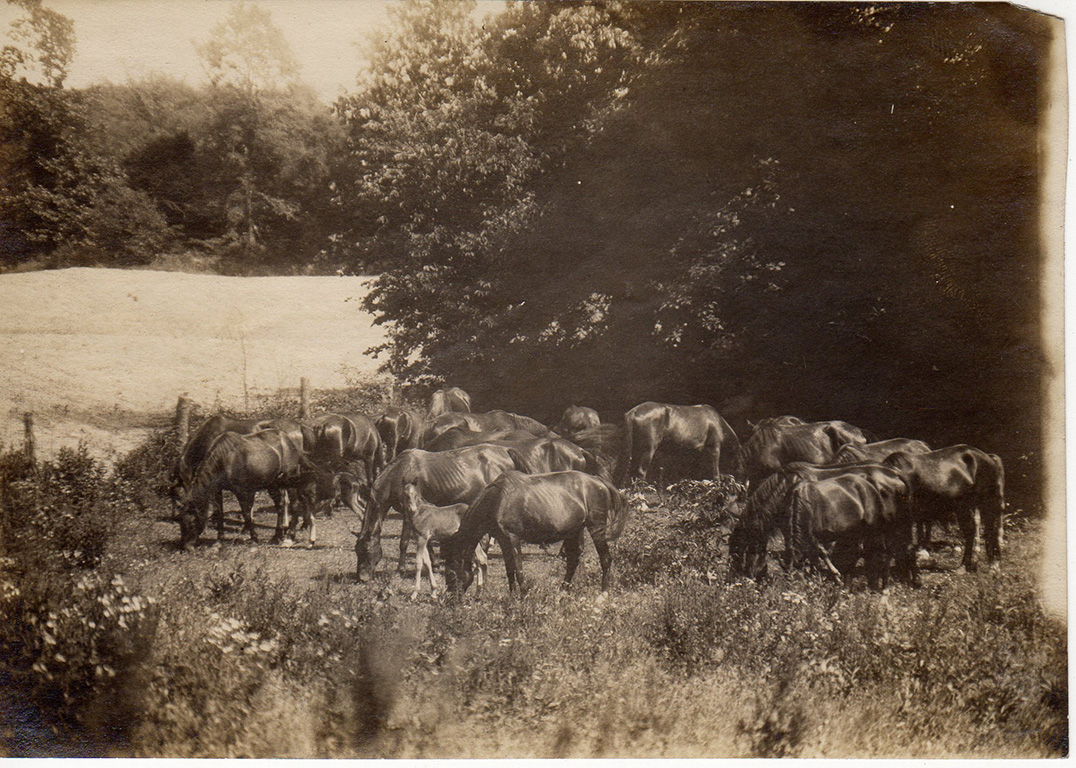

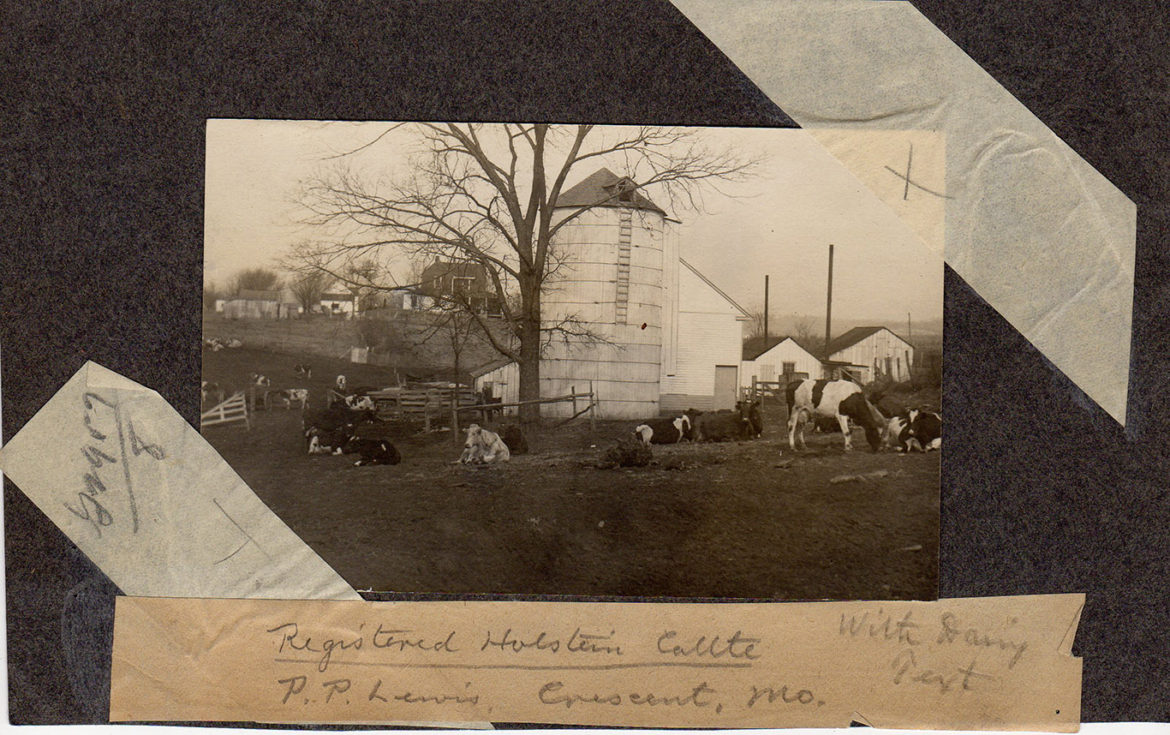
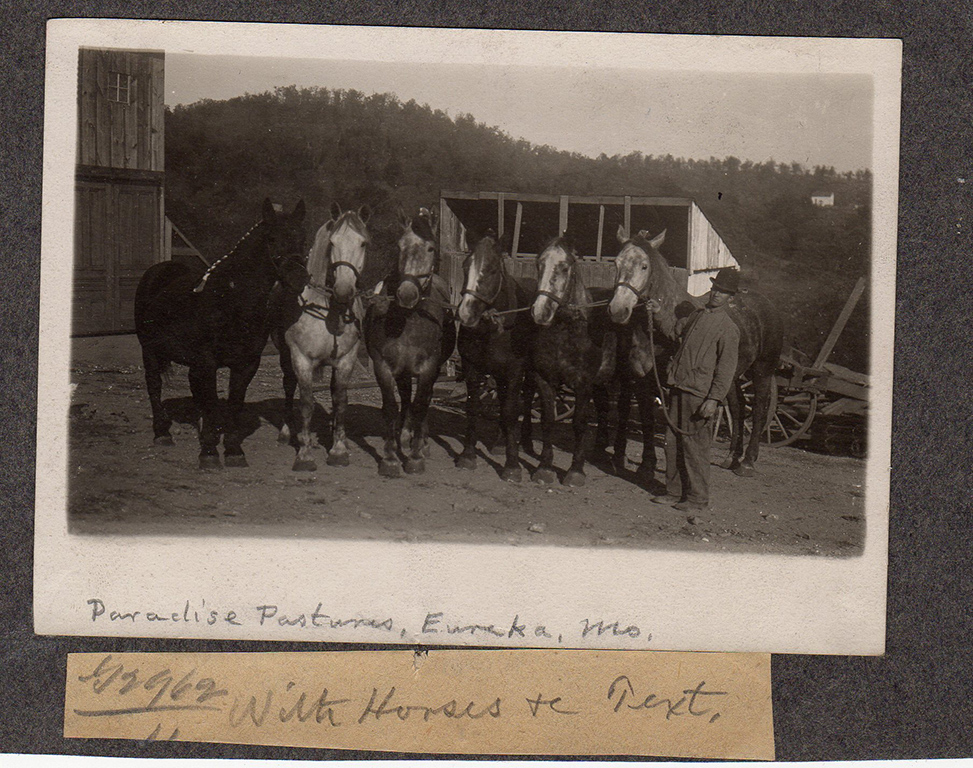
I just want to remind you that it is the descendants of the Sutton and Thomas families to whom we owe our gratitude for allowing us to have this look back at our shared histories. There is still more to come next post.

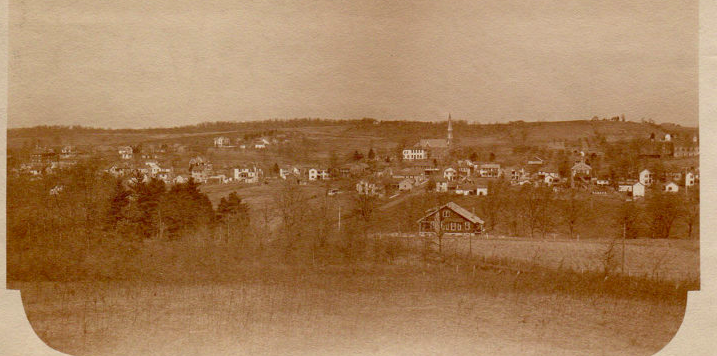
Doug,
regarding the picture with the Holstein cows in it. I am wondering if that farm house in the background and silo/barn belong to the same farmer. Most farms I am familiar with kept the barn and house close together. Not just for the safety of the animals but also the ease of walking a short distance to and from the barn. For those that are not familiar with the Holstein cow they have to be milked two times a day. Depending on the cow they often give 2 gallons of milk each time they are milked. That is a lot of milk from that group of cattle. At the time of the picture I am sure they were hand milking each one which is at least 10 to 15 minutes for each cow. Most farmers can get pretty attached to their cows. We almost always had at least 2 on our farm that we fed and watered and milked. Sold the extra milk, made our own butter. They also have to be fed and in the winter yo may need to chop ice a couple of times a day so they have water to drink. Not all ponds stay ice free. so you would have a water trough to fill and chop ice so they could drink.
Mark, My experience is the same as yours in that the farmhouse is usually close to the barn. It just makes sense or at least used to. Who knows now with all of the modern vehicles involved? I only tried hand milking one of my grandparents cows once or twice. There is an art to it. No way could I have gotten two gallons out in fifteen minutes. I remember a story that I didn’t witness but I believe it was told about my grandad. He could hit an interested cat in the mouth every now and then with a stream of milk. I knew nothing about the Holsteins that you wrote about. Thank you.
Doug the cat catching the milk was a common thing on our farm. We almost always had about 4 to 6 barn cats and after milking they got a bowl of milk. As we were milking we often would squirt milk at them and they could catch some of it but it often just sprayed them which they licked off.
My wife was so interested in milking a cow, I guess before it was called a bucket list, that we got up at 5 one morning to drive to a neighbor’s farm so she could milk a cow. My parents had given up on cattle and switched to sheep so they got her a chance to milk a cow. Yes there is a technique to it that is for sure.
Crescent, Missouri is named for the big sweep of the Meramec River just east of Eureka. It is bounded on the west and north by the river, on the east by West Tyson Park, and on the south by I-44. The only easy access is by Lewis Road off I-44. It was settled early in the county’s history by cousins of explorer Meriwether Lewis. Philander P. Lewis, whose Holstein cattle are shown in one of the pictures, was a descendant. He was also one of the sponsors of Thomas’s history in the list you showed last week.
Esley, Damn…you’re good. I can say that because I don’t think there are any children reading this and you’re a friend of mine. I checked the map. I’ve even been back there a few times. I never realized it was called Crescent. I remember that at the top of the hill, as you drove up Lewis Road from Hwy 44, off to your right was a very large house that could be seen at the end of a long driveway. It was in a dilapidated condition. It has been 17 years since I have been out there so I don’t know if it’s still there. You wouldn’t know anything about that house, would you? As always thanks for your input on this.
The amount of people in agriculture back then is hard to believe given where we are today. I find it impressive.
Luke, I read not long ago that with modern machinery one man can farm a thousand acres. I’m a retired auto worker. In my lifetime it once took thousands of workers to do work that is now mostly done with robots. None of those jobs will ever return. Thank you for your comment.
Doug,
In his book The Light in Tunnel (2009), Martin Ford stated that “technology” (defined as the combination of automation, the Internet, computers, and artificial intelligence) has eliminated more American jobs than offshoring. Ford postulated that countries will ultimately need to pay their citizens even if they’re not working. His belief is based on the following reasoning: since countries run on the tax revenue provided by their corporations and citizens, not providing citizens with spending money would cause nations to run out of “operating revenue”.
Here are some reasons why we have overlooked the effect of technology on employment:
1. Technology has become so pervasive in our lives that we have tended to “forget” about its consequences
2. It’s easier to “demonize” other nations than to blame technology.
3. There’s very little that can be done to stop technology.
It should be understood that technology impacts more than just labor-intensive jobs. A coworker of mine once stated he knew a diagnostic radiologist that worked from home via ultra-high speed internet. Doing so eliminated the expense of renting office space and paying the salaries of office staff. From a technology standpoint, a radiologist living in a foreign country (e.g. India) could offer similar services at a much lower price than the American radiologist (provided that our healthcare system would allow him/her to do so).
Tom, I recall reading sometime in the distant past about the idea of a guaranteed income being floated in the late 1800’s or possibly early twentieth century. More and more people, less and less jobs. I’m not sure at all how all of this is going to shake out. I always appreciate your input. Thanks.
Doug, the weather is not good for an outside adventure but I wonder if his tombstone could be found in Bonhomme churchyard which I take as the cementary. I think that is still around but it could be another old one that I am thinking of.
Your descriptions of the horses as hay burners is about right. Maybe not so much back them when the horse actually was a working animal. But in recent times they are much like owning a boat or so my uncle said. You spend a lot of money to care and feed them for a weekend of riding around in or on them.
Hey Mark, I doubt that I would ever get around to looking for Baxter’s tombstone but should you find it, snap a picture. I’ll add it to the file. As for your observation that owning a horse is similar to owning a boat expense wise I’d say you are pretty accurate. I’d add that they are sort of like owning a boat that has to eat even when you’re not using it. Thanks for your comment.
Great history